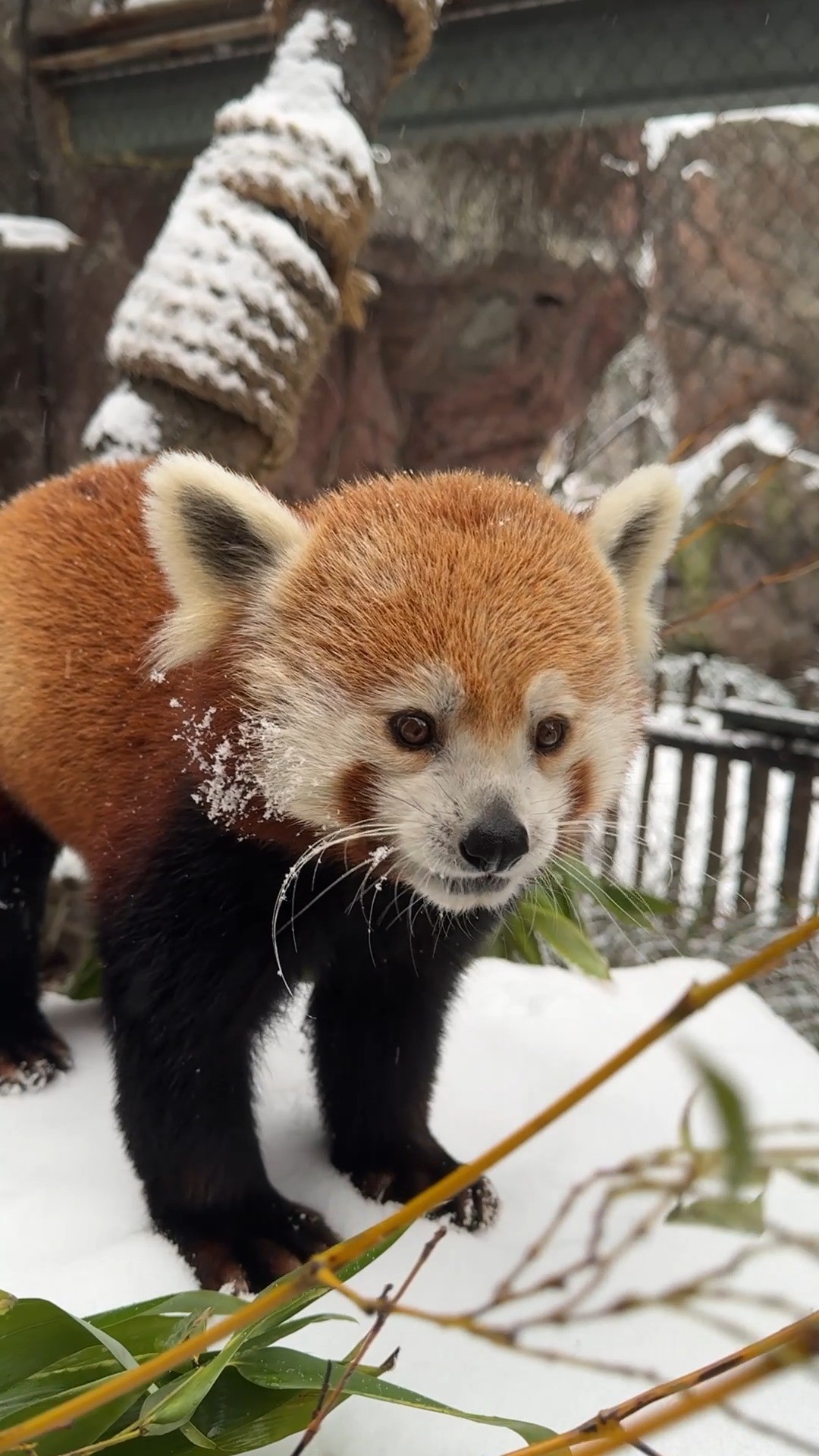- Overview of Red Pandas: Classification and Characteristics
- Adaptations to Cold Weather Conditions
- Behavior and Social Structure of Red Pandas
- Challenges Facing Red Pandas in the Wild
- Conservation Efforts and the Role of Zoos
Understanding the red panda requires a grasp of its incredible adaptations and the challenges it faces in its natural habitat. The red panda (Ailurus fulgens) occupies its own unique place in the animal kingdom, belonging to the family Ailuridae. Despite its name, it is not closely related to the giant panda. Instead, it shares some common ancestry with species like raccoons and skunks. Red pandas are native to the eastern Himalayas and southwestern China, where they inhabit temperate forests. This species is immediately recognizable due to its striking rusty red fur, bushy tail, and distinct facial markings.
The red panda’s mesmerizing appearance is closely tied to its adaptation to cold climates. These mammals are well suited to life in snowy environments where they spend much of their time. Their dense, woolly undercoats are paired with longer guard hairs that repel moisture, providing superb insulation against harsh weather. Furthermore, their capability to curl into a tight ball when resting helps conserve body heat. The use of their tails to shield their faces is not just practical but also provides another layer of warmth.
The red panda’s physiology is equipped for life in cold regions largely thanks to the dual-layered fur that encases their bodies. This adaptation enables survival in temperatures that would be challenging for other, less equipped species. Their natural habitat often sees snowfall and their thick fur, particularly around the soles of their feet, gives them grip while walking on icy surfaces. Their claws are semi-retractable, allowing for agile tree climbing, which is essential for evading predators and accessing food. The red panda’s diet primarily consists of bamboo, supplemented by fruits, flowers, and occasionally small insects. Their digestive systems, though unable to digest cellulose efficiently, are adapted to extract maximum nutrients within their short intestines.
Regarding social dynamics, red pandas are generally solitary animals except during breeding season or when females have offspring. The interaction between mother and cubs is intimate and essential for the cubs’ survival in the early months. Communication among red pandas consists of vocalizations, body language, and scent marking to establish territories and signal reproductive status. It’s a fascinating study of survival strategy refined by the challenges of their environment.
Like many species, red pandas face a myriad of challenges in the wild. Habitat loss due to deforestation and human encroachment remains the most significant threat. As forests are cleared for agriculture and urban development, red pandas lose the habitat they so desperately depend on. Additionally, poaching and illegal wildlife trade pose yet another danger. These pressures have led to a decline in their population, categorizing them as vulnerable. Seeing this trend raises concerns not only for the species itself but for the entire ecosystem where they function as a key species.
Conservation efforts for red pandas have gained momentum over the years. Zoos play a pivotal role, not just as centers for education and awareness but as genetic reservoirs through managed breeding programs. By participating in global cooperative strategies, zoos help maintain genetic diversity within captive populations. Moreover, organizations worldwide are working to re-establish habitats and protect existing populations by implementing new laws and providing resources for more effective enforcement.
In addition to zoos, numerous non-profit organizations are committed to red panda conservation. They focus on increasing local community participation, emphasizing sustainable forestry practices, and fostering traditional knowledge of ecosystem management among local farmers and villagers. Education plays a critical role in changing perceptions and behaviors towards conservation, promoting peaceful coexistence between humans and red pandas. This fosters a conservation network that stretches far beyond borders, all united with a common goal.
Thinking globally yet acting locally is essential to conserving the habitats and alleviating the pressures on endangered species like the red panda. Through the combined efforts of wildlife experts, governments, NGOs, and ordinary citizens, a sustainable pathway forward for these adorable creatures can be paved, allowing them to continue being the quintessential ambassadors of biodiversity.
*****
Source Description
We promise this is the cutest thing you’ll see on your feed today! 🤗
Red pandas love the winter time and are especially adapted for cold weather and the snow. On top of having two layers of very thick fur, they are able to curl into a tight ball when they sleep, using their fluffy tails to keep their faces warm!


